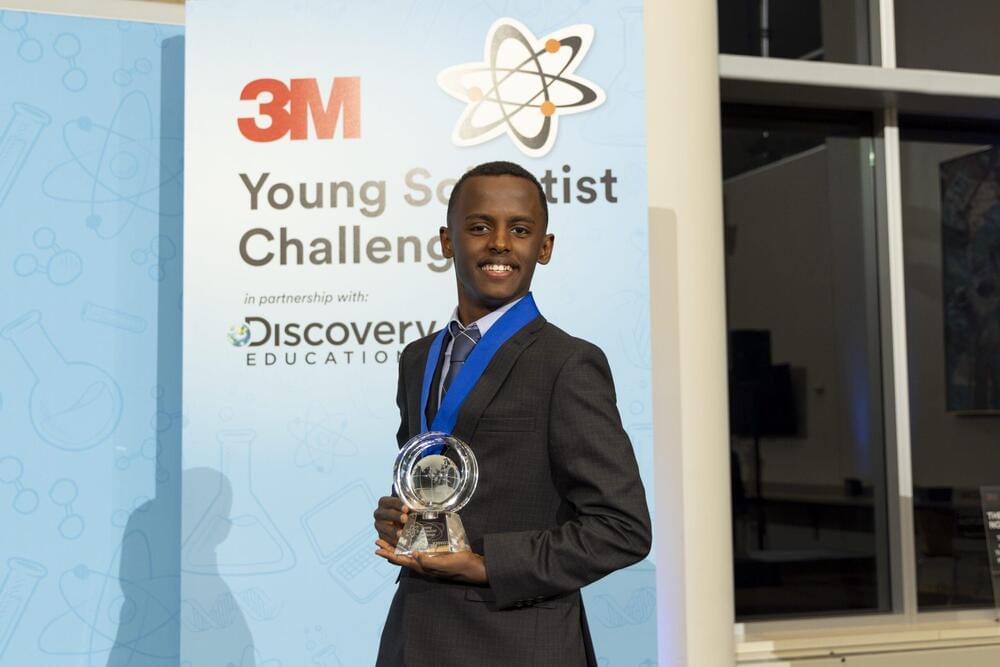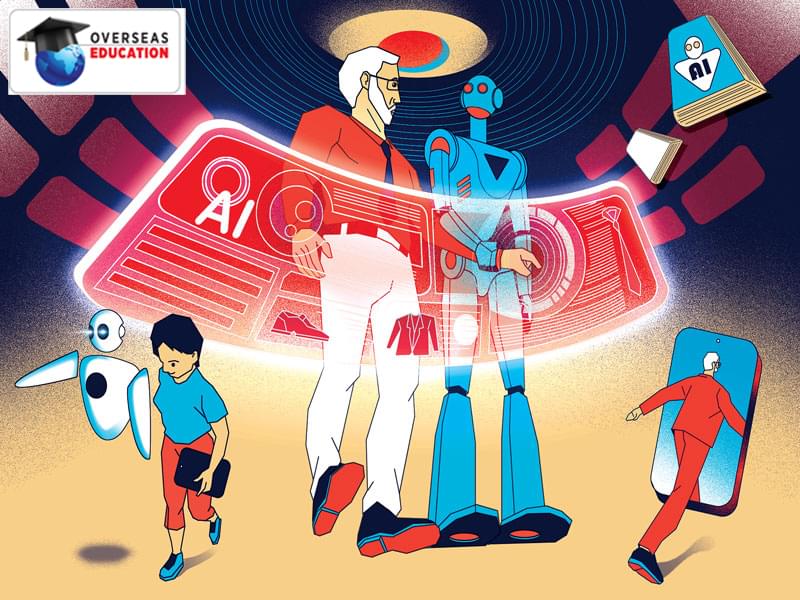A Virginia 14-year-old won $25,000 and earned the title of America’s Top Young Scientist this past fall for developing an affordable soap that can treat skin cancer. Heman Bekele plans to refine his invention over the next five years and create a nonprofit to distribute it in low-income communities.
The ninth grader spent four months competing against nine other finalists in 3M and Discovery Education’s Young Scientist Challenge, which encourages kids to “think creatively and apply the power of STEM to discover real-world solutions.” He was paired with a mentor, who helped him turn his idea into a prototype. It works by delivering cancer-fighting agents to the skin by way of lipid nanoparticles.
Bekele told NPR that he’s “always been really passionate about science and how things work,” and his experience growing up in Ethiopia inspired him to develop his soap.






